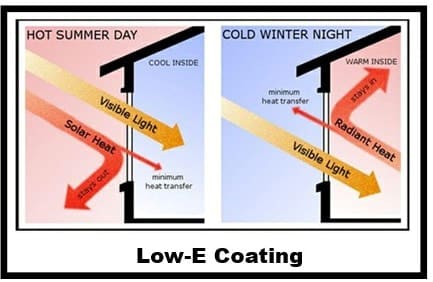In a recent article we touched on the science of cleaning window glass. So, we figured it’d make sense to go a bit deep on the topic to explain the scientific differences between the three common kinds of window glass coatings. Adding these coating to the glass gives additional proformance the circumstanceHydrophobic Coating
This specialized treatment is applied that will repel water. When water comes in contact with the coating, it immediately begins to beaded up and roll to the edges. Window manufactures like using it as it will help extend the life of the windows as it prevents water from collecting along the lower sash of the windows.Hydrophilic Coating
This glass treatment is literally the polar opposite of hydrophobic coating, rather than repelling water, it attracts it. The reason for this it to maintain the cleanliness of the glass better between regular cleanings. When water comes in contacts with the glass it pools and spreads out to eventually form a sheet. Overall its benefits is that rain will work greats as a helping window cleaner.Low-E Coating
This coating is probably the best innovations to windows in the past 10 years. The ‘e’ stands for energy transfer. When windows are coated with this it will significantly alters the thermal conductivity of the glass pane. In the summer, the more heat intense UV rays are deflected and visible light can pass through. In the winter the visible light can pass through but the heat ambient air inside isn’t lost. The effects are lower cooling needs in the summer and lower heating needs in the winter.
Nano technologies and electro conductive glass are the coating of the future and will make windows more efficient then the ones today.


Recent Comments